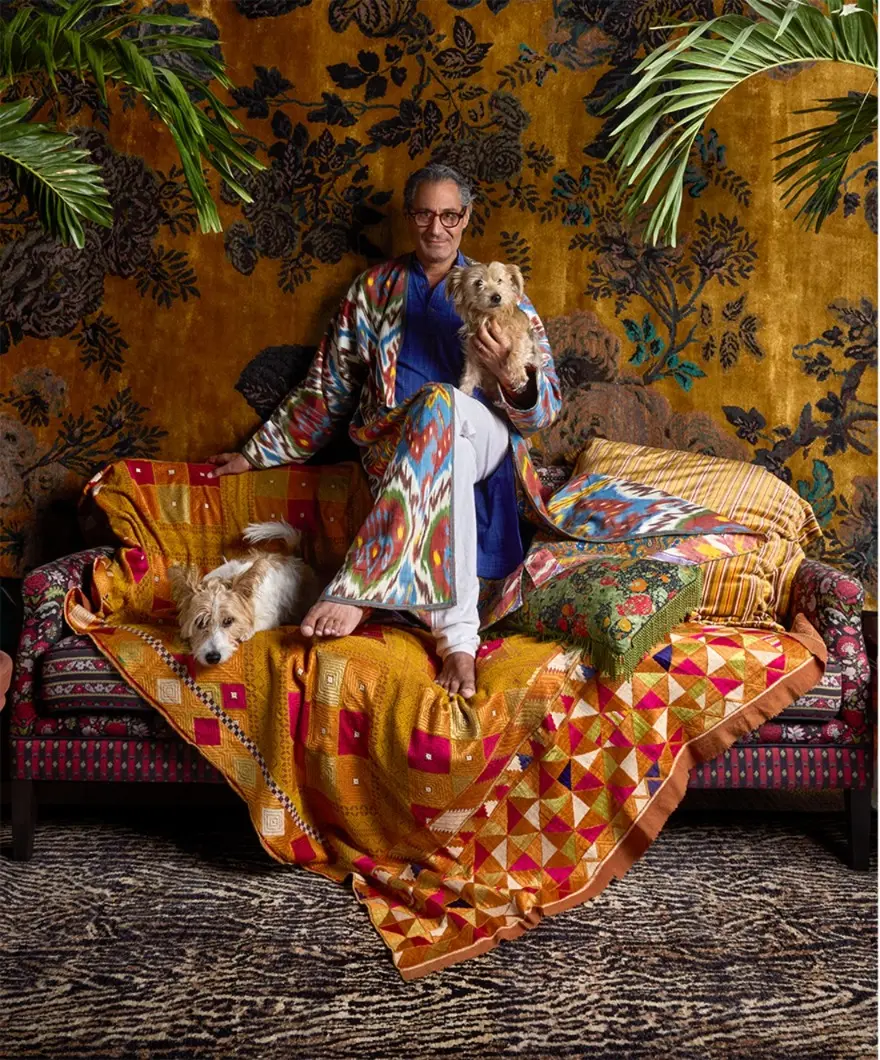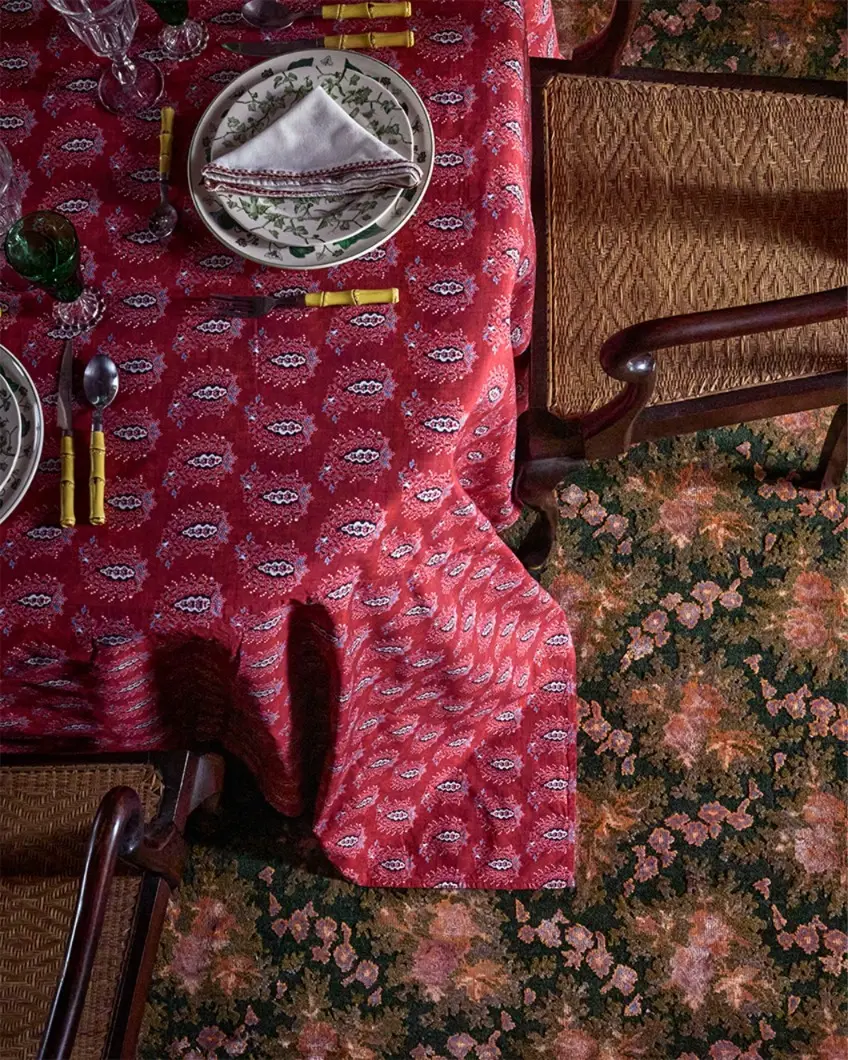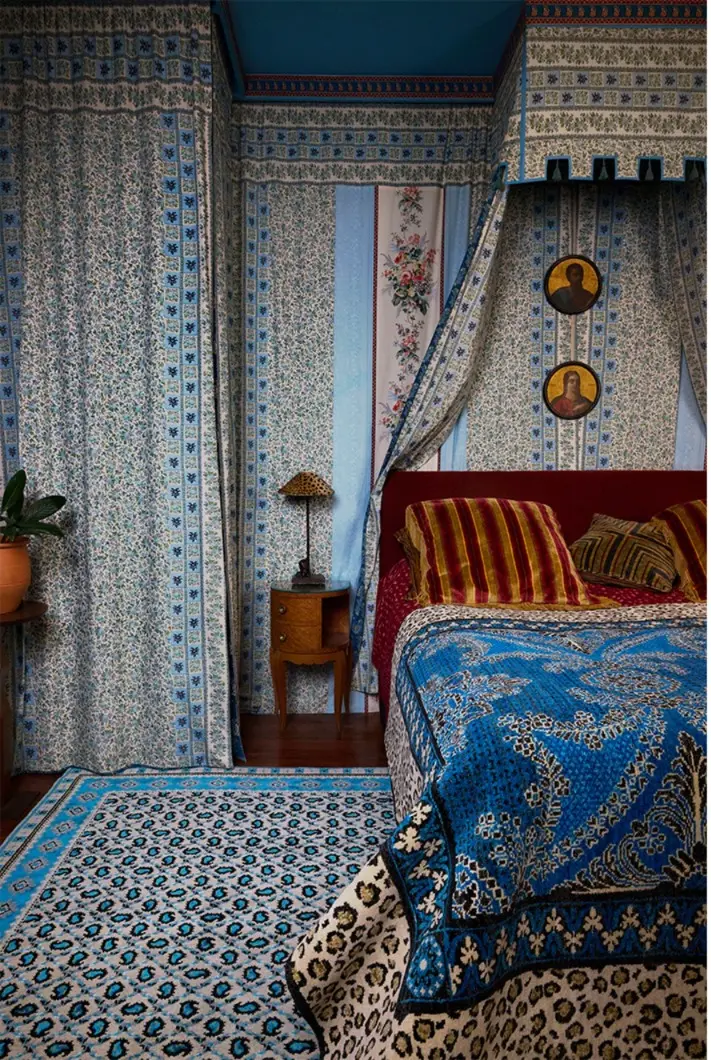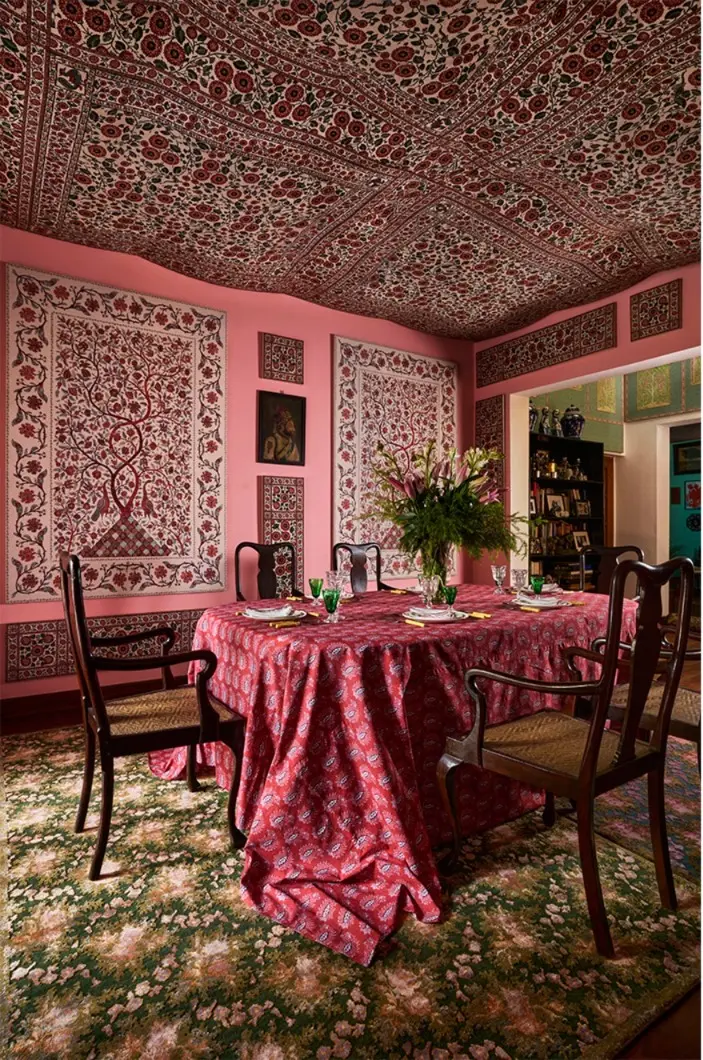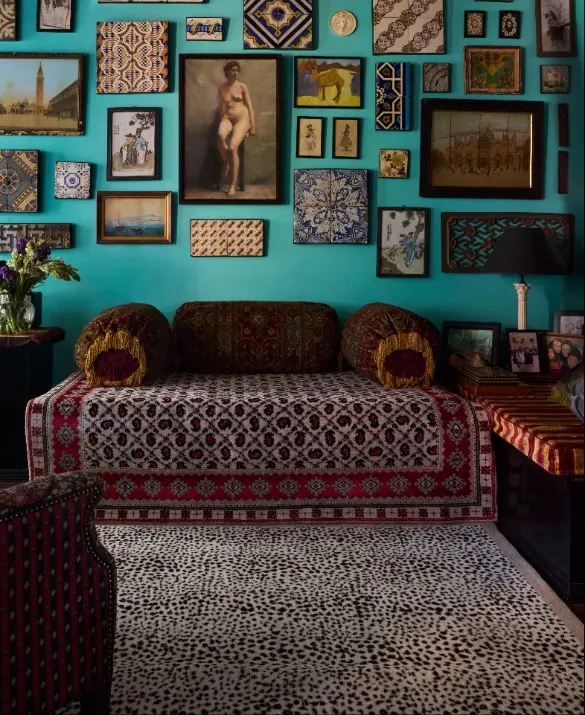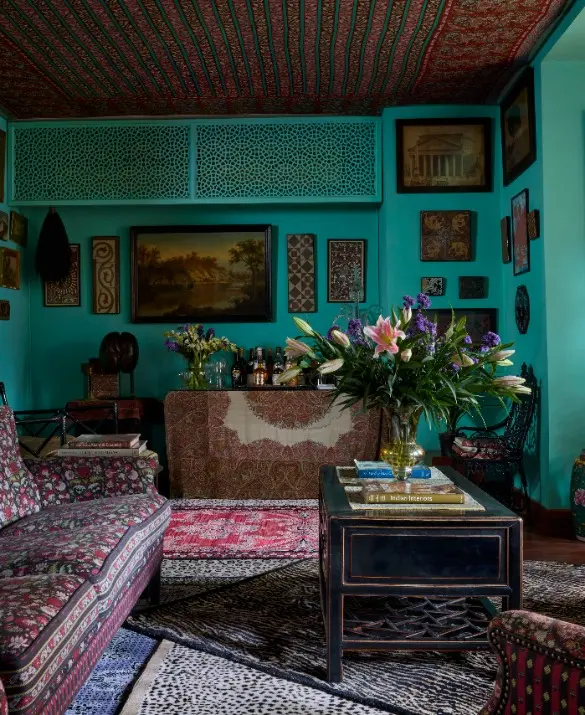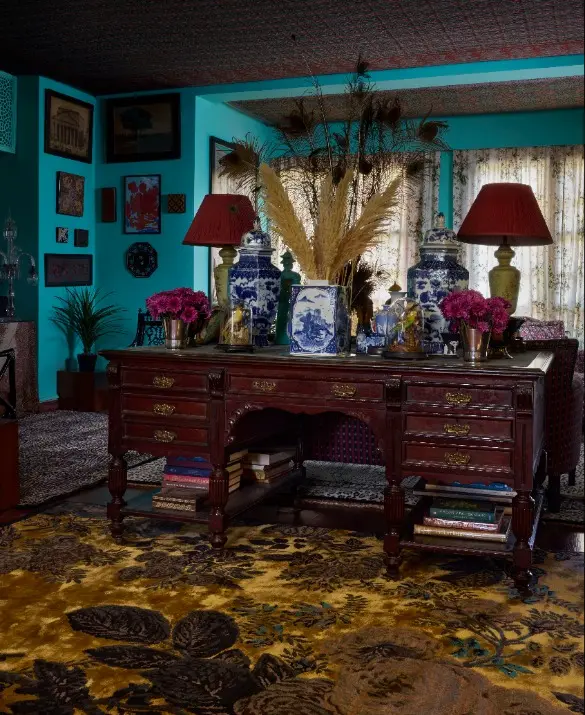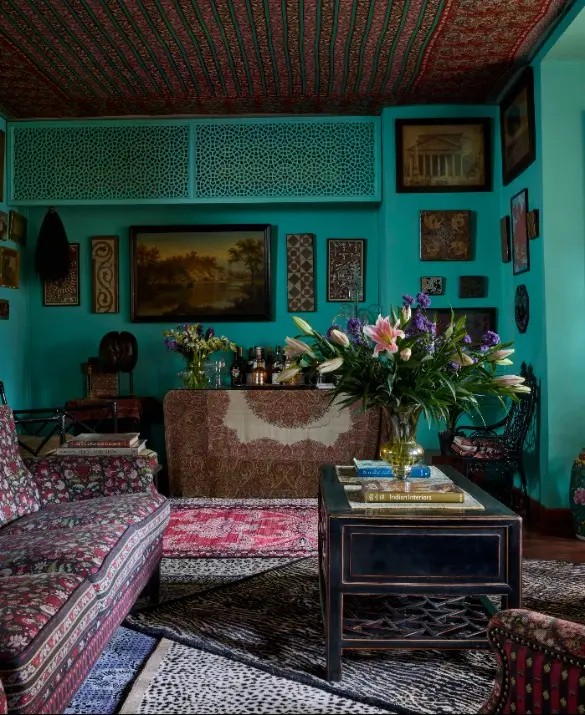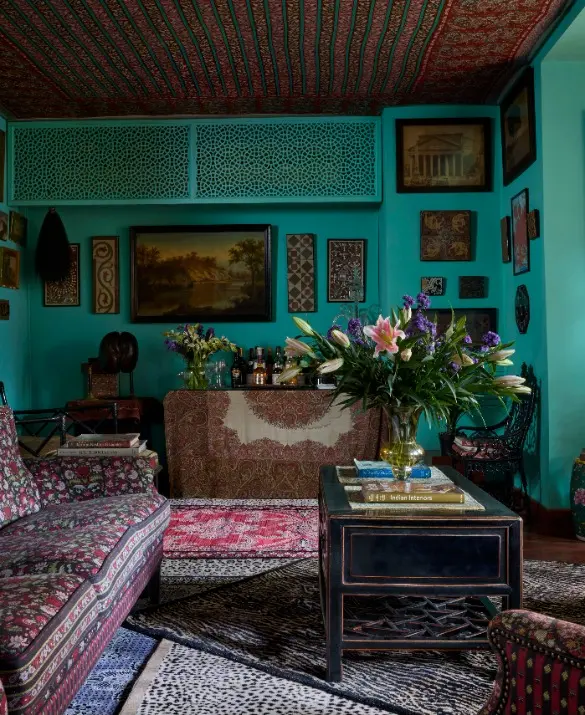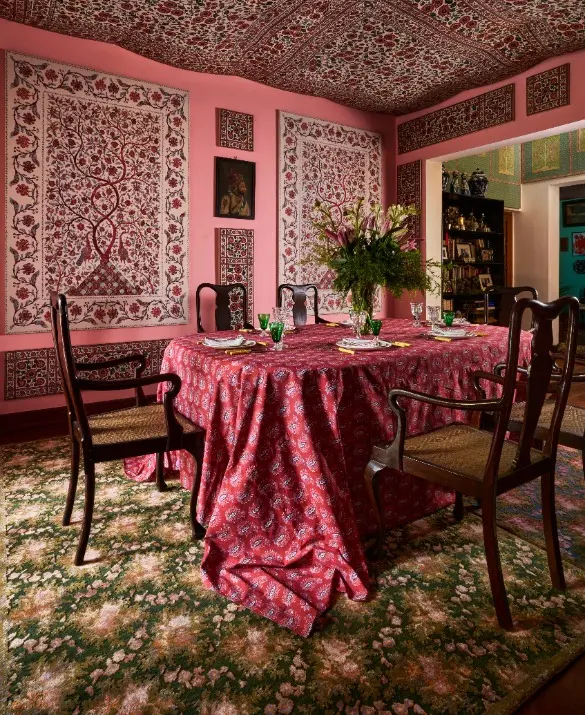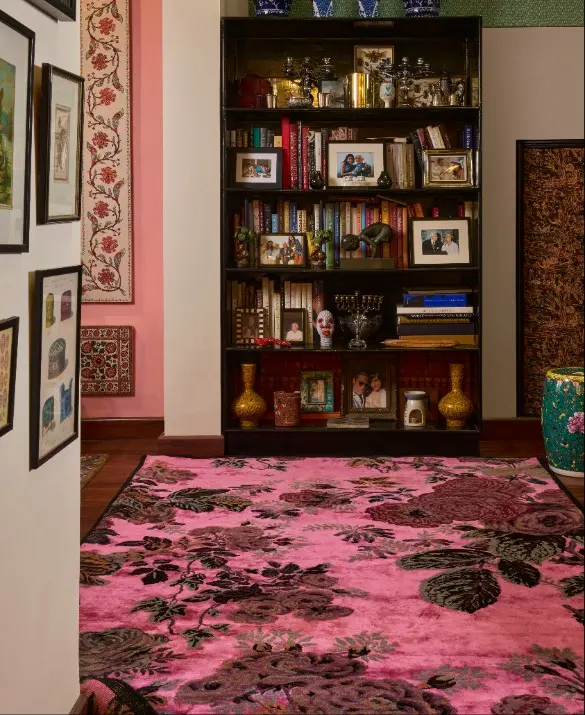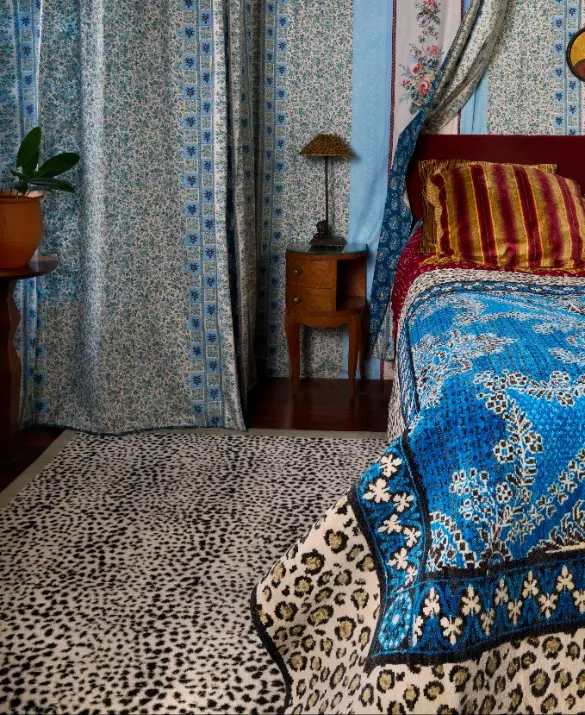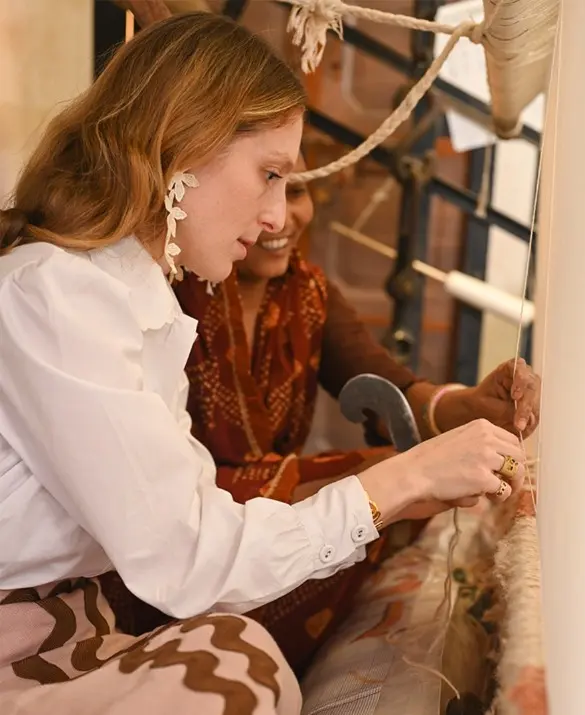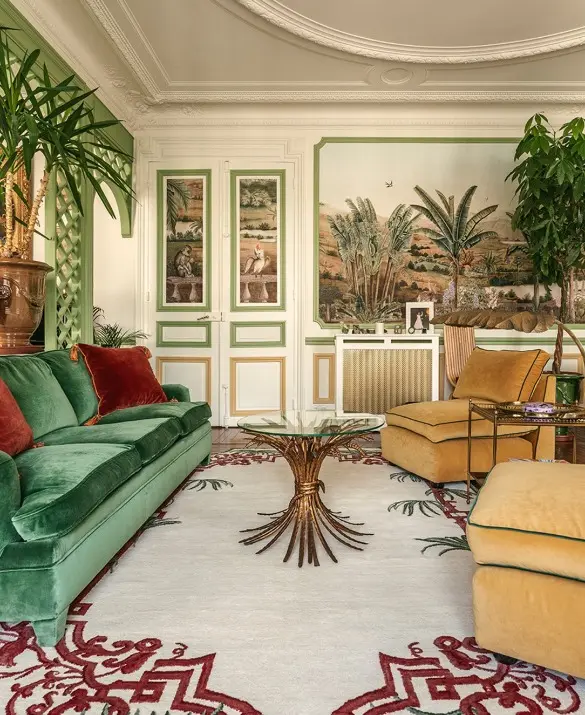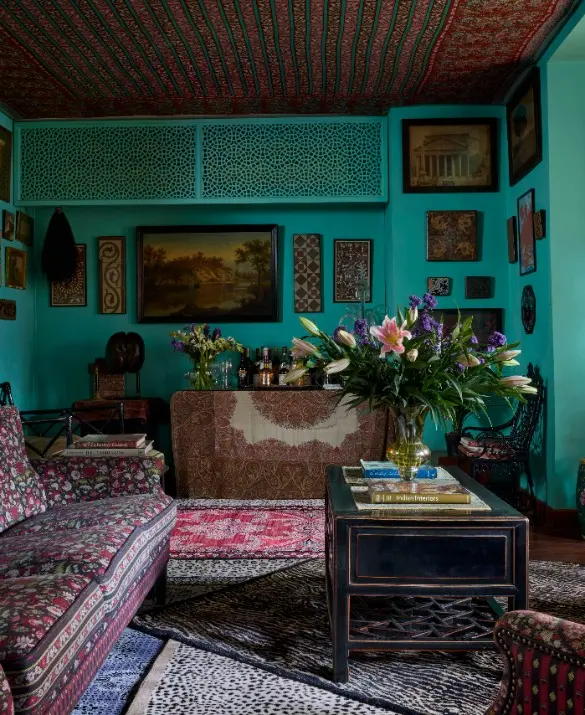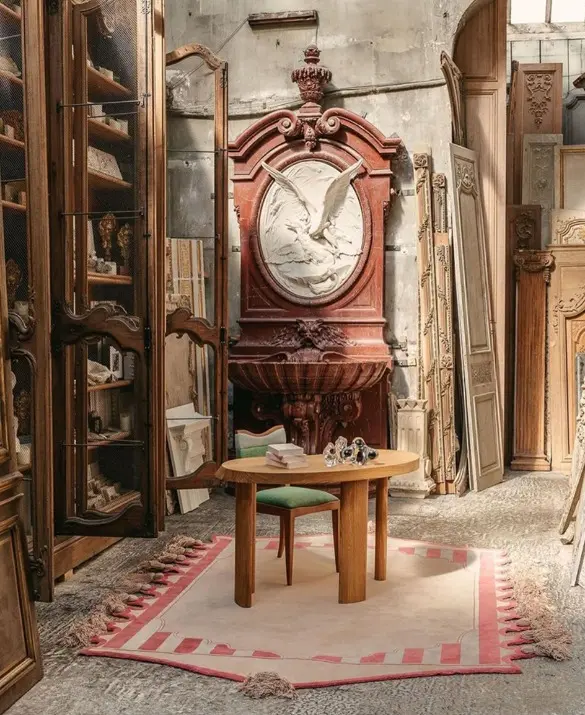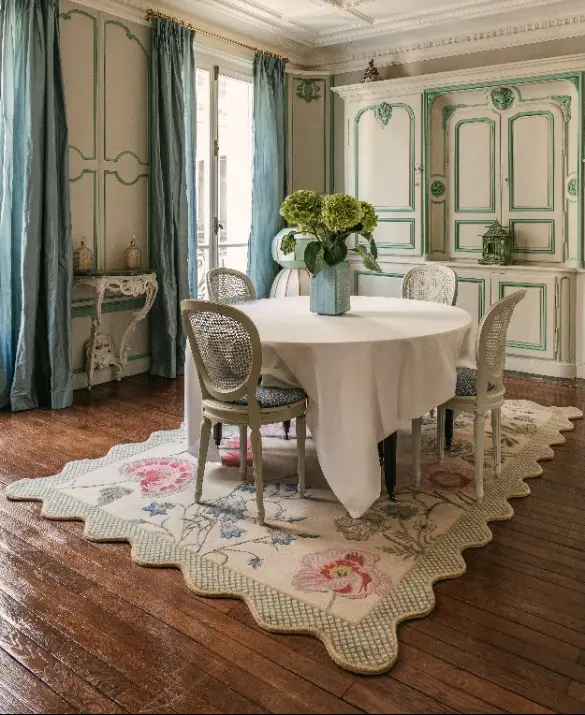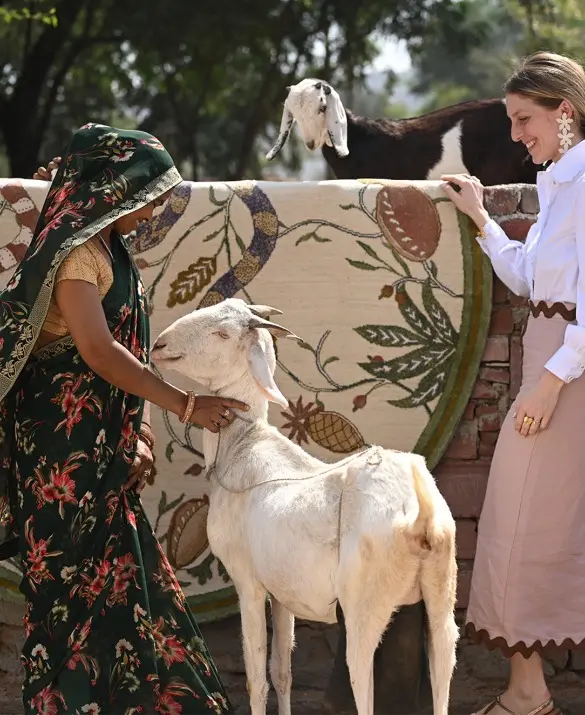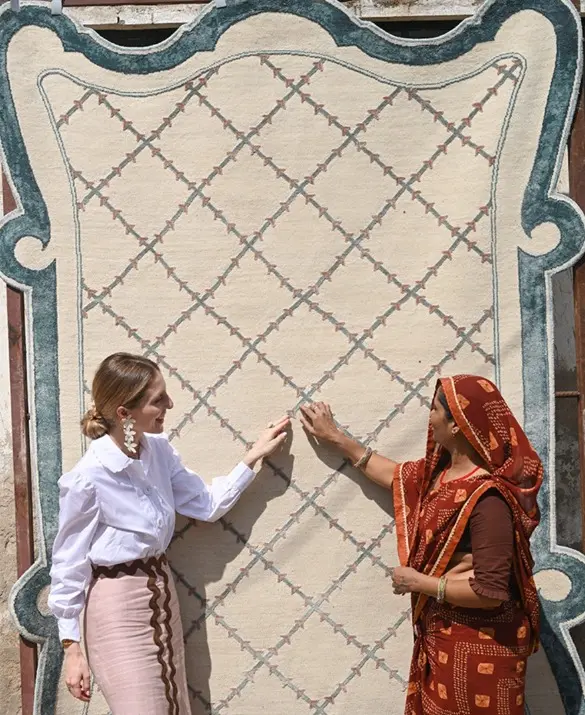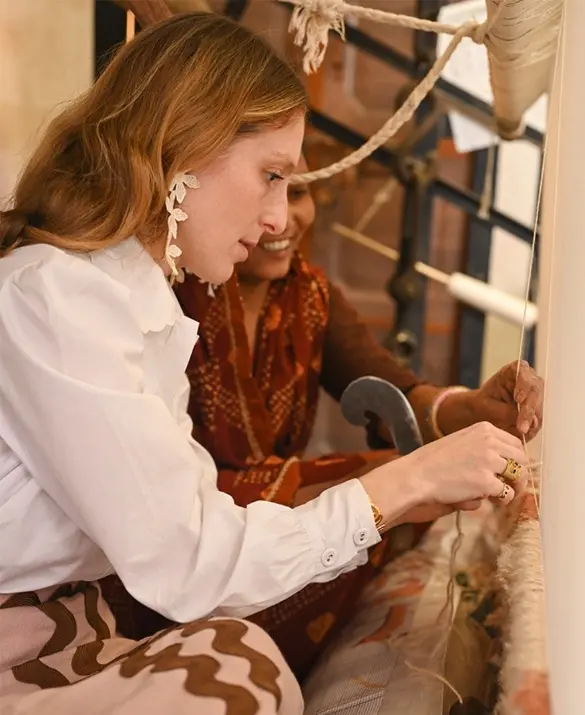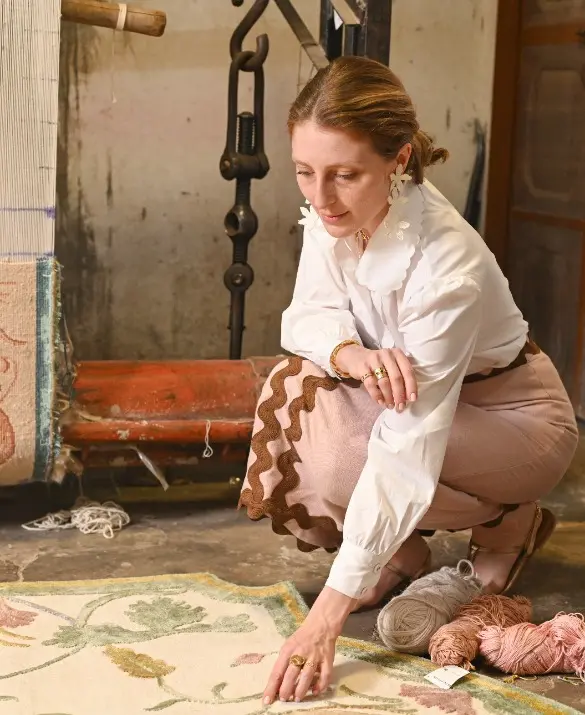Jaipur Rugs
INTRODUCES
Marcellin
Collection: The Gilded Age
Category: Accessories
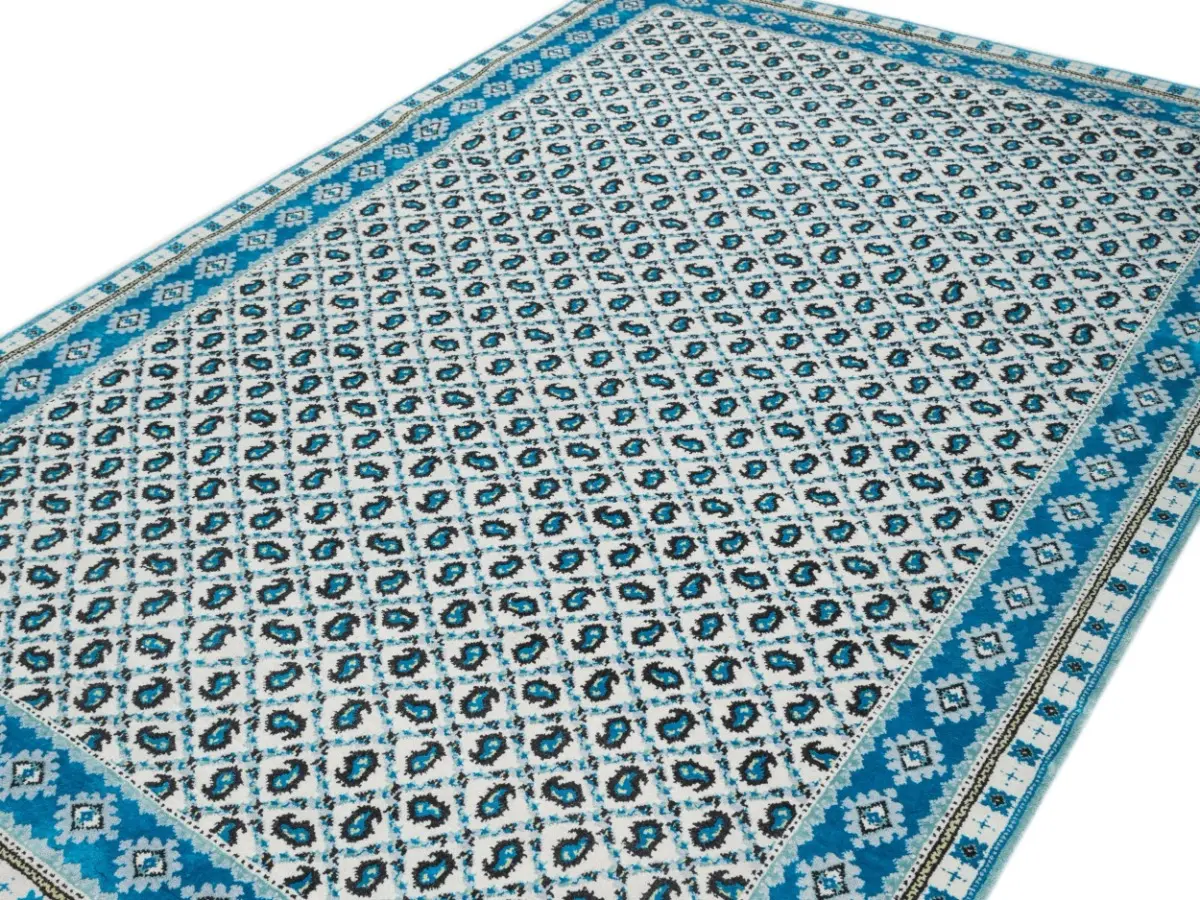
JAIPUR RUGS - Marcellin
The Gilded Age Collection honors Madeleine Castaing and Peter D’Ascoli’s global trek, merging 19th-century charm with modern design. Hand-knotted rugs show chintz florals, wild motifs & neoclassical details!!
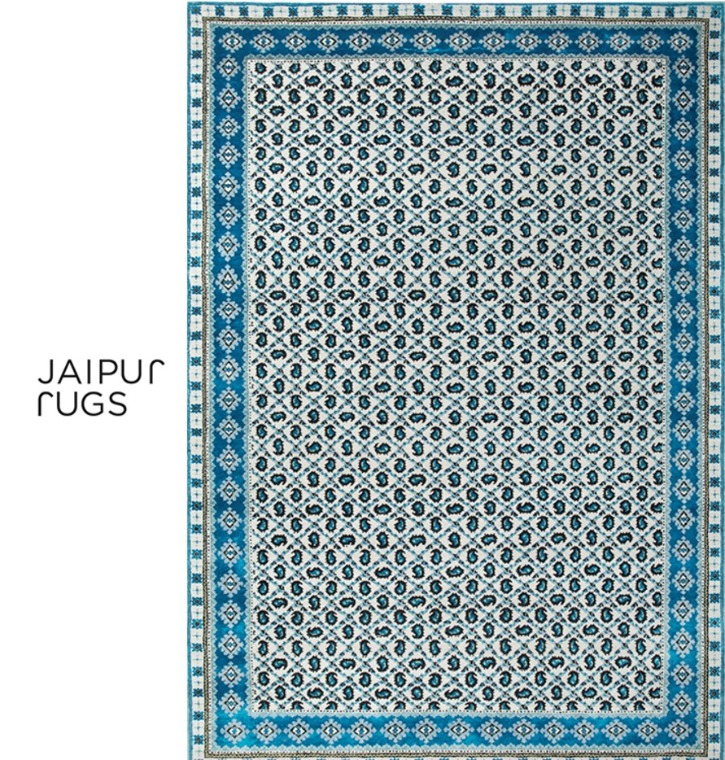
Product description
The collection Marcellin brings to your homes the revolutionary designs by Peter D’Ascoli inspired by Madeleine Castaing, the highly regarded French decorator and interior designer. The hand-knotted rugs in this collection feature her love for these three hues: bright red, sky-blue and the green of gardens. Designer Peter D’Ascoli recalls that the designs, patterns, hues and motifs of this collection are a style of the great French decorator Madeleine Castaing because it is a design that she would covet. Small stylized paisley motifs set in a decorative trellis framed by a classic ornamental geometric border rendered in the strong, clear colors favored by the Grande Dame of French style.

Product name
Marcellin
Designer
PETER D’ASCOLI
Materials
Wool
Dimensions
6x9 FT / 180x270 CM / 72x108 INCHES / 1.82x2.74 METERS
Production process
Hand-Knotted
Hand-knotting found its way into Indian heritage from Persia, giving it its name, Persian Hand-knotting. It’s uniqueness in art is through its style of printing; knot by knot and line by line, paying attention to each intricate detail. It’s a process taking a minimum of 2 months, ranging up to almost a year depending on the quality and size of carpet being woven.
Differentiating each knot was originally done by memory, where weavers would sing out the colors of the line of knots called Boli weaving. This later evolved to the use of design maps, which helped accommodate a rapidly changing design palate. Artisans place the design map at the base of the loom and use each pixel in a chart as a reference to a knot. Artisans with Jaipur Rugs are also a part of a unique sustainable initiative called Manchaha, where they get to design their own rugs at the loom.
Hand-knotting found its way into Indian heritage from Persia, giving it its name, Persian Hand-knotting. It’s uniqueness in art is through its style of printing; knot by knot and line by line, paying attention to each intricate detail. It’s a process taking a minimum of 2 months, ranging up to almost a year depending on the quality and size of carpet being woven.
Differentiating each knot was originally done by memory, where weavers would sing out the colors of the line of knots called Boli weaving. This later evolved to the use of design maps, which helped accommodate a rapidly changing design palate. Artisans place the design map at the base of the loom and use each pixel in a chart as a reference to a knot. Artisans with Jaipur Rugs are also a part of a unique sustainable initiative called Manchaha, where they get to design their own rugs at the loom.
Year
2025




